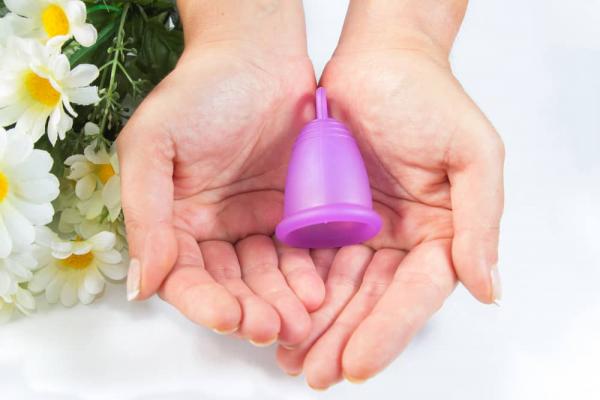
Years ago our grandmothers attached pieces of thick cloth to their underwear with small stitches to prevent leaking periods. If something did happen while girls were playing, they were forced to stay at home and not go out anymore because they were "ladies."
Fortunately, the pharmaceutical industry eventually developed feminine hygiene products, which were quickly accepted and distributed. Disposable sanitary napkins were invented first, which evolved to have sticky "wings" to ensure everything stays in its place. Then tampons were invented of course. And with these and many other changes, more women began to have the comfort and confidence to be more productive in life, education and even sports.
However, the nightmare of "accidents" on clothing or seats still terrorize many woman, and using tampons has been less accepted and assimilated to, especially in Latin cultures. Additionally, the discovery of toxic shock syndrome being a possible side effect of tampon use has made many women reject tampons.
But then, just when we thought we had seen every feminine hygiene innovation, the menstrual cup appeared on the scene offering zero accidents, no health risks and helping our economy and the environment. Want to know how? Keep reading!
What is a menstrual cup?
Simply put, it is a small cup, like a little bell, made of latex or silicone (the latter being the most favored because it does not aggravate latex allergies), which is inserted into the vagina and collects the menstrual flow. There are various sizes: small, medium and large.
The truth is this hygiene product is nothing new. It originated in the 1930s, but for various economic and cultural reasons its use has not spread or been accepted until today.
How is it used?
Its application is simple: the cup easily bends and is very flexible, allowing you to place it in gently. When you buy a cup, you will need to sterilize it with boiling water before you start using it. The first few times you use your cup, you may have a small battle getting used to placing it; but with a little patience, it's easily achieved. Ideally, you should remove the cup every 10 hours: you take it out, dispose of the contents and rinse it, and you're ready to put it in again. When your cycle ends, you just have to wash it and put it in its box or bag until your next period.
Isn't it uncomfortable or painful?
Most likely during the first day, especially during the first hours, you will feel and notice it. But if you stop thinking about it, you can get on with your daily life. The cup shouldn't bother you, and if it's the right size, you shouldn't feel it at all. When you buy it, check which size is recommended for your height and build. When you put the cup in, a vacuum is created, which ensures no surprise runoff or leakage.
Are menstrual cups really as wonderful as they say?
I was very skeptical to try using a menstrual cup, but what convinced me was the promise of not having "accidents" and of performing sports activities fearlessly and comfortably. The truth is after getting over the fear of the unknown, the menstrual cup is fantastic; you begin to see these benefits:
Cost savings
At the beginning you may think the cup is a bit expensive, but if you do the math, it pays for itself in a few months because you won't need to buy hygiene products anymore. You buy the cup once, and you won't have to buy tampons, pads or another cup for at least 10 years.
Less stress
You don't have to worry because no matter how heavy your flow is, the cup has enough capacity to handle it.
Environmentally friendly
They're eco-friendly because you stop using disposable products that pollute the environment. All you need is a little water for washing.
No smell
You will forget about the bad odors characteristic of the period.
Zero accidents
Ah! And your accidents are over! Even just that is worth it.
And the consequences?
The truth is there are no negative consequences associated with its use. Using a menstrual cup prevents many infections and is comfortable and practical.
There are some families where several women use one cup, but this practice is not recommended. Every woman in the family should have her own. It's a worthwhile investment.
On the Internet you can find a lot of information. You can look up how to use the cups, sizes, recommendations, how much they cost and where you can buy them.
I dare you to try a menstrual cup. You will definitely love it.
This article was translated and adapted from the original article, "Y tú, ¿ya usas la copa menstrual?" published on Familias.com.

